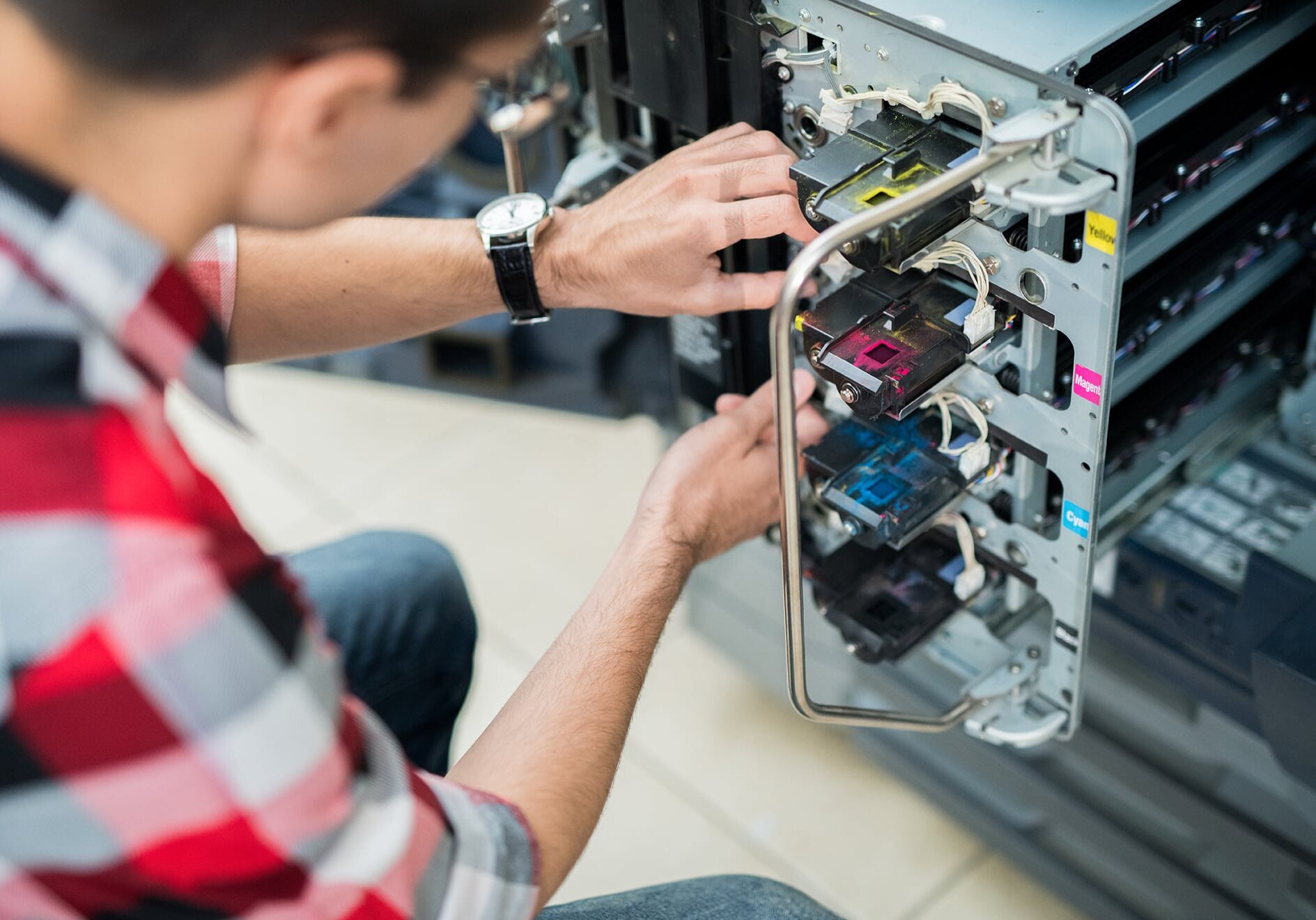In today’s highly competitive market, a strong brand presence is essential for any business to thrive. But building and maintaining a powerful brand is no easy feat. It requires careful attention to detail, strategic planning, and consistency. Unfortunately, many businesses falter by making critical branding and marketing mistakes that can hinder their long-term success. From ineffective logos to unclear value propositions, these missteps can lead to confusion, missed opportunities, and a lack of trust in the brand. In this article, we will explore the most common branding pitfalls and how to avoid them to ensure your brand remains impactful and resonates with your target audience.
- Not getting the logo right.
Designing a logo yourself (just for now) may seem like a good idea, at first. But, changing a logo mid-stream can be complicated. If you aren’t widely recognized, you could lose what brand equity you may have already established. If you are, you could confuse, alienate and ultimately lose your existing consumers. If your logo is designed without consideration of your desired overarching branding, it can be detrimental to your long-term success. - Missing out on the value proposition.
Not effectively communicating to audiences what makes your brand distinct will cause you to miss significant opportunities. Why does what you offer matter? If your language is vague, your brand may not be compelling. - Not adhering to brand guidelines.
Worse yet, not even having brand guidelines. If your brand doesn’t seem cohesive, people will move on towards brands that present themselves in a coherent fashion. Are your typefaces all over the place? What about your color palettes? Are you misusing your logo? Do you claim and present inconsistent messages that are likely to confuse your audiences? - Jumping on trends.
It’s inappropriate for your brand to follow every trend. Trends come and go, like how waves ebb and flow, and not all of them will be relevant to your brand. Design style updates can be made, hashtag trends can be participated in, but they require careful consideration. You don’t always have to present yourself as classic and timeless. But, be proactive, rather than reactive, with your brand strategy. - Forgetting what makes your brand unique.
Sometimes things change. That’s ok. Don’t throw out the baby with the bathwater. Your branding has to remain true to your identity, and appropriately connected to your desired audiences. While your audiences may change, and messaging may have to evolve, your authenticity should never be compromised. - Ignoring a crisis instead of owning up.
Crisis management is a huge part of how a brand is perceived by the public. When something is messed up, or isn’t received well, admit the mistake and consciously move forward. Can you imagine if Pepsi had dug in their heels in defense of the Kylie Jenner commercial and continued to relentlessly air the ad? Regardless of intent, public perception matters. Taking responsibility breeds trust.
As you navigate the complex world of branding, it’s crucial to be aware of these potential pitfalls and proactively address them. By avoiding these common mistakes, you can create a consistent, authentic, and compelling brand identity that will resonate with your target audience and set you apart from your competition. Remember that maintaining a strong brand requires constant vigilance and adaptation, ensuring that you stay true to your brand’s core values while responding effectively to changing market conditions and consumer expectations. Embrace the challenge and watch your brand flourish as you build lasting connections with your audience and establish a reputation for excellence.

6 Reasons why a Strong Brand is Important for your Small Business
Building a strong brand is a critical component of any successful business. A well-crafted brand strategy not only helps businesses establish recognition and build trust with their customers, but also supports advertising efforts and inspires employees. Furthermore, strong branding can increase a business’s financial value and generate new business opportunities through word-of-mouth referrals. As the…

Color Psychology
Color psychology is the study of hues as a determinant of human behavior. Colors can cause certain emotional reactions, and even influence perceptions that are not necessarily conscious. Color psychology is used all around us, taking its cues from nature, and should be considered in marketing and branding. The following are just some common color…

Offset Lithography Printing
Offset Lithography is a printing technique that uses printing plates to transfer the intended image to the intended medium, usually paper. Sometimes this technique is simply called offset printing, or litho. The printing plates are often made of aluminum, but can also be plastic, rubber, paper, or even other materials. The term offset refers to…

How to Create a Brand
Building a strong brand is essential for any business looking to stand out in today’s highly competitive market. A successful branding strategy can help you connect with your target audience, build trust, and differentiate your business from your competitors. Here are some tips on how to build a strong brand for your business: Determine your…

What is Clear Space?
Clear space refers to a specific amount of are a logo is defined to have on all sides (in a brand standards manual or house style guide), no matter where the logo is applied. The reason for clear space is to ensure the logo maximizes visibility and impact. There is no set rule for defining…

When Should You Utilize Digital Printing?
Digital printing is probably what most people are most familiar with, since you probably have one at home. Inkjet printers and laser printers are found in many homes, schools, and offices. Of course, these are generally consumer-level digital printers. For digital printing, images are sent directly to the printer using digital files, as opposed to…

A Brand Refresh fit for a (Burger) King
Not too long ago, Burger King underwent a major brand refresh not too long ago! They hadn’t rebranded since 1999, and this new rebrand feels super fresh and juicy. At first glance, some may think they simply returned to their most successful old logos, of which appeared in 1969 and 1994 – but it’s so…

Plan it, make it, stretch it, wrap it, ink it, spin it, long print run it : Flexographic
Flexographic printing is a form of direct relief printing that is characterized by the use of flexible printing plates. In the past, these printing plates were always made of rubber, whereas today, flexible photopolymer printing plates might also be used. These plates have a slightly raised image of the content on them, they’re inked, and…

